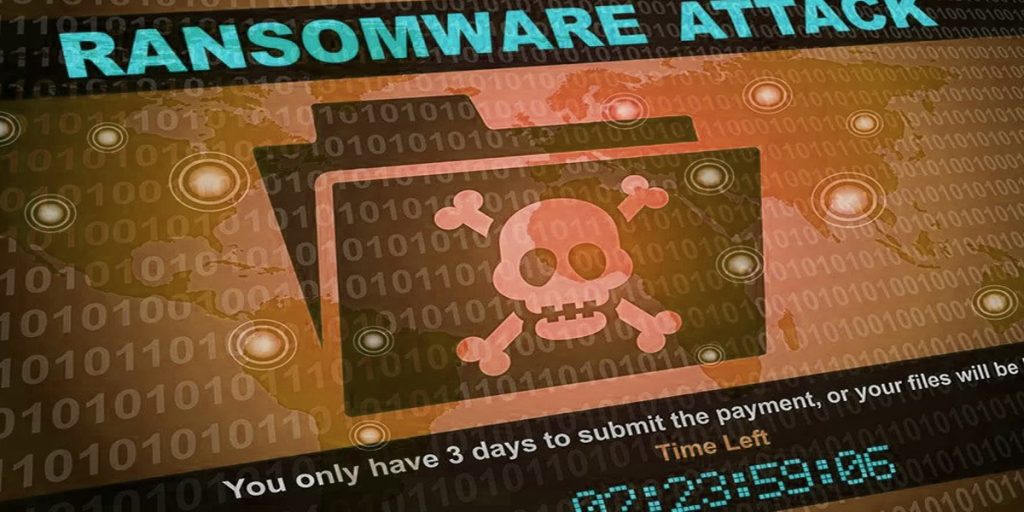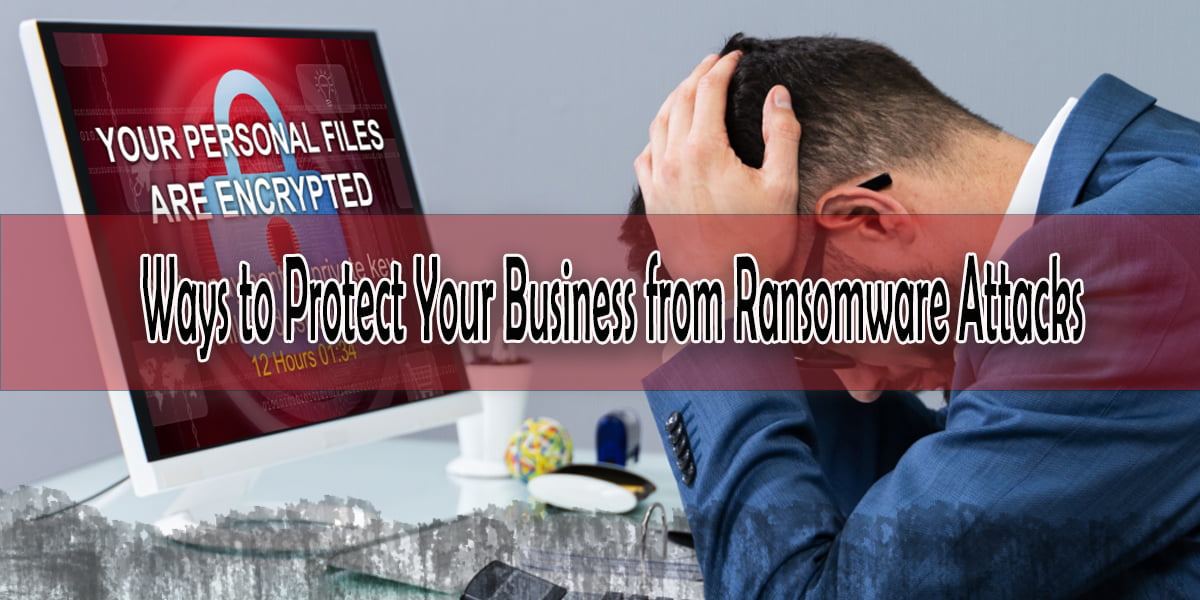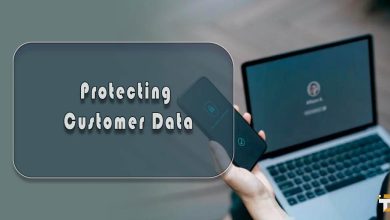Ways to Protect Your Business from Ransomware Attacks
Cyberattacks that use ransomware have become increasingly common as malicious actors seek to exploit vulnerable networks and unsuspecting users. The effects of a successful attack on a business can be destructive, resulting in lost data and financial loss. You should know about the ransomware attacks, how they work and what steps you can take if ransomware attacks your business. We will discuss what ransomware attacks are and some ways to protect your business from these attacks.
What are Ransomware Attacks?
Ransomware attacks are harsh software programs cybercriminals use to encrypt data on a victim’s computer. The attacker then demands a ransom from the victim to unlock the encrypted files and restore access. Sometimes ransomware disables or deletes the data from the system, and then victims cannot access or retrieve data unless they pay the ransom. Ransomware attacks are becoming common, and businesses must protect themselves from these dangerous programs.
Here are some ways to Protect Your Business from Ransomware Attacks:
Keep Backups of Data
Backups can help you recover easily during a ransomware attack, as you can restore data without paying a ransom. For maximum protection, creating regular backups and storing them off-site in a secure location is recommended. In this way, unfortunately, if the attacker accesses your system or retrieves your data, then backup helps you in recovering and saving your data. It is important to check that your backup works properly and can be retrieved at any time if someone hacks your system.
Have a Secure Firewall in Place
A secure firewall is crucial for any business to protect against ransomware attacks. A secure firewall acts as a barrier between your business network and the internet, filtering traffic in and out. It can detect malicious files or communications from outside sources and alert you to any suspicious activity. With a firewall, your business can quickly identify threats before they cause any serious damage. An additional security layer is worth considering, such as developing a secure Virtual Private Network (VPN) to ensure that sensitive data is encrypted and protected.
Use Multi-Factor Authentication
Multi-factor Authentication requires two types of authentications to gain access, such as a password or a msg sent to the user’s cell phone. This makes it more difficult for hackers to gain access to your network since they would put both the username and password and the second form of authentication. You can use MFA for administrative access and privileged user accounts, helping to limit the chances of a successful ransomware attack. Implementing MFA is a great way to defend your business against these malicious attacks.
Implement Network Segmentation
Network segmentation is an effective cybersecurity measure to protect a business from ransomware attacks. It involves dividing the network into smaller segments and separating them from one another. This prevents attackers from accessing the entire network, reducing their ability to spread malware or launch attacks. It also limits the scope of a ransomware attack, meaning the impact can be contained in one network segment. It reduces the visibility of critical resources to unauthorized users. Taking the time to properly segment a network and restrict access to only necessary users will ensure that ransomware cannot spread and cause damage. Therefore, implementing network segmentation is key to protecting your business from ransomware attacks.
Guide Employees on Safe Practices
Training them to spot malicious emails, websites, and software can help prevent ransomware from infiltrating your system. Explain the importance of clicking on a link or downloading an attachment in an email only if they have verified the source. If a website looks suspicious, advise your staff to avoid it. Remind them that no legitimate organization will ask for personal information through email or text. These simple steps can go a long way toward preventing ransomware from taking hold of your business’s data.
Update Software and OS Regularly
By keeping up with the latest versions of your software, you can help prevent malicious actors from taking advantage of security vulnerabilities. Ensure you have automated updates enabled on all systems and devices, so you do not have to check for the latest updates manually. Always be mindful of any software you download or install – only use official sources from trusted developers.

Check Emails before Opening Attachments
Always verify the sender and check for any suspicious links or attachments. Be aware of emails that are coming from a source you do not recognize, and do not click on any links. Avoid opening files with unfamiliar extensions such as “.exe” or “.jar.” If you are unsure of the source, delete it immediately. Exercise alert when downloading files from the internet, even if they are from a trustworthy source.
Disable Macros on Office Documents
Office documents, such as spreadsheets and word-processing documents, often contain macros. Macros are a form of code that can automate repetitive processes. Unfortunately, malicious actors have been known to use macros in documents to spread ransomware. To protect your business, you should disable macros on all Office documents. This can be done by changing the security settings in your office software or by using a third-party program designed to scan and block malicious macros before they can cause harm to your system. In addition to disabling macros, it is also important to educate employees on the dangers of opening suspicious emails or documents containing macros, as this is one of the most common ways ransomware spreads. Always keep your system updated with the latest anti-virus software, which helps you in protecting your system from any unauthorized person.
Monitor Your Network for Unusual Activity
Monitoring your network for unusual activity is key to protecting your business from ransomware attacks. Look out for any suspicious logins and changes in user behavior that could indicate ransomware malware has infiltrated your system. Keep an eye on changes to settings, configurations or other data that could show a ransomware attack. Regularly scan your networks and systems with an anti-virus program to detect any potentially malicious software attempting to gain access.
Findings
Ransomware attacks are a serious threat to businesses of all sizes that must be taken seriously. Companies should protect themselves, including using strong passwords, regularly updating anti-virus software and firewalls, training staff on cybersecurity best practices, and having a backup plan in case of an attack. With proper security measures, businesses can protect themselves from ransomware attacks and avoid devastating losses. Taking proactive steps to reduce the risk will help ensure your business is safe and secure from ransomware attacks.





